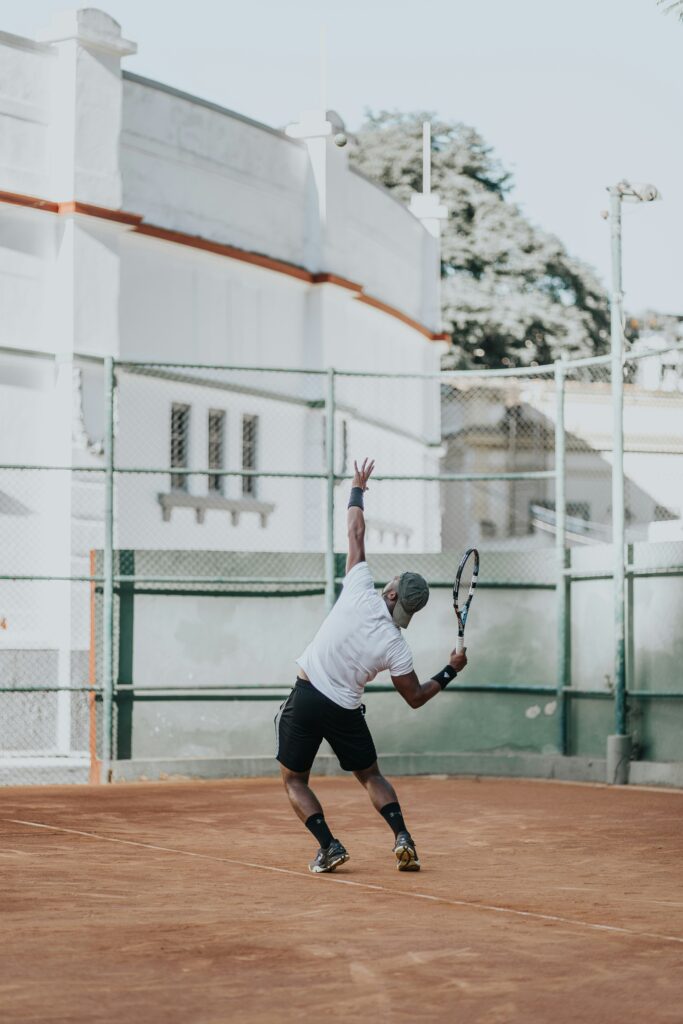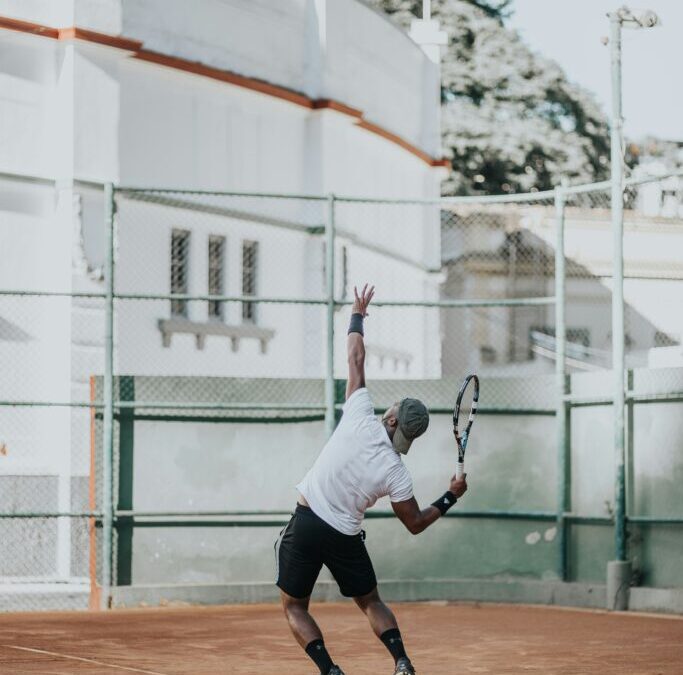
How it RELATES TO TENNIS
Tennis is a sport that demands explosive movements, rapid changes of direction, acceleration , deceleration ,balance , stability and precise stroke mechanics. While many players focus on strength, speed, and agility, stability and balance are the foundational elements that make these skills effective. Scientific research consistently shows that training stability and balance before power or strength leads to better performance, fewer injuries, and greater consistency on the court, however ever it is also important to attend to range of motion, flexibility , and health and medical issues prior to performance training.
As this was common question I get asked from coaches and players a like over the years, if you like to get in depth details refer my books and for general understanding read the below
Tennis Fitness https://www.amazon.com/tennis-fitness/dp/1492867969
Tennis Wellness & Performance : https://www.amazon.com/dp/B0DPL48X51
Why Stability & Balance Must Come Before Strength
1. Foundation of All Tennis Movements
Every stroke in tennis—serves, forehands, backhands, volleys—requires efficient force transfer from the ground up this is what we call force production via kinetic chain . Without proper stability and balance, players cannot generate or control power effectively.
- Impact on court : Players with poor balance often rely too much on arm strength, leading to inconsistent shots and wasted energy.
2. ImproveS Kinetic Chain Efficiency
The kinetic chain (the sequence of muscle activation from ground, legs to core to arm) is vital in tennis. If one link is weak (e.g., an unstable core), power leaks, reducing shot effectiveness.
- Impact on court : Players with strong stability generate more racket head speed with less effort.
3. Prevent Injuries
Tennis involves sudden stops, acceleration , deceleration lateral movements, and rotational forces—all of which stress joints. Poor stability increases the risk of:
- Ankle sprains
- Knee injuries (e.g., ACL tears)
- Lower back pain
- Impact on court : Players who neglect stability training are more prone to overuse injuries and longer recovery times.
What Happens If You Neglect Stability & Balance
1. Increased Injury Risk
- Unstable joints lead to poor movement mechanics, increasing stress on muscles, ligaments and tendons.
- Example: A weak core can cause excessive lumbar spine rotation during serves, leading to lower back injuries.
2. Inefficient Movement & Wasted Energy
- Poor balance forces extra steps and compensatory movements, leading to quicker fatigue.
- Example: Losing balance after a wide forehand means more steps to recover, wasting energy over long matches.
3. Reduced Shot Consistency & Power
- Without a stable base, players arm the ball instead of using full-body mechanics along the
- Example: A wobbly stance during a backhand leads to mishits and loss of control.
Benefits of Training Stability & Balance
1. Sharper Footwork & Faster Recovery
- Better balance allows for quicker split-step reactions and smoother directional changes.
2. More Powerful & Controlled Strokes
- Proper stability ensures optimal kinetic chain sequencing, maximizing racket speed.
3. Lower Injury Rates
- Strong stabilizer muscles (e.g., glutes, core, ankles) protect joints during high-intensity movements.
4. Enhanced Endurance
- Efficient movement patterns reduce wasted energy, helping players last longer in matches.
A-B-C TO Train Stability & Balance for Tennis
A. Single-Leg Exercises (Improves Dynamic Balance)
- Single-Leg Squats
- Single-Leg Romanian Deadlifts
- Single-Leg Lateral Hops
B. Core Stability Work (Enhances Rotational Power)
- Plank Variations (Front plank, side plank, dynamic plank)
- Pallof Press (Anti-rotation exercise for serve stability)
- Medicine Ball Rotational Throws (Mimics groundstroke mechanics)
C. Tennis-Specific Balance Drills
- Split-Step Landings on a Balance Pad (Improves reactive stability)
- Wobble Board or Bosu Ball Drills (Enhances ankle and knee stability)
- Shadow Swings on One Leg (Trains balance during strokes)
If you want to hit harder, move faster, and stay injury-free, stability and balance training should be the first priority in your tennis fitness program. Research proves that neglecting them leads to inefficiency and injuries, while improving them enhances performance at every level.
References:
- Hübscher et al. (2010). Balance Training for Performance Enhancement and Injury Prevention.
- Kibler et al. (2006). The Role of Core Stability in Athletic Function.
- McKeon & Hertel (2008). Systematic Review of Balance Training for Ankle Instability.
- Mandelbaum et al. (2005). ACL Injury Prevention in Soccer Players.
- Perrot et al. (2018). Postural Stability and Serve Accuracy in Tennis.


